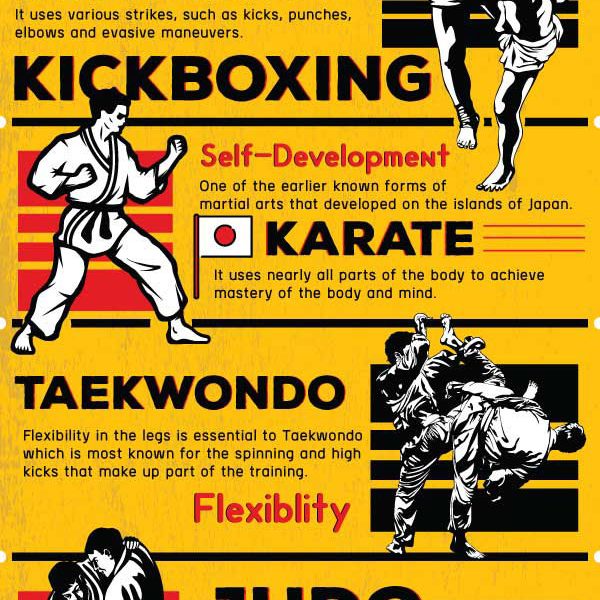The Global Trip And Development Of Martial Arts Throughout History
The Global Trip And Development Of Martial Arts Throughout History
Blog Article
Short Article Composed By-Hess Liu
Martial arts have an interesting history that covers centuries and continents. You could locate it fascinating how old practices like Shuai Jiao and Kalaripayattu laid the groundwork for contemporary battle techniques. These techniques not only stress physical abilities yet also mirror the societies that birthed them. As you explore their advancement, consider exactly how globalization has actually changed these traditional types into crossbreed styles. What impacts do you think have shaped today's martial arts landscape?
Ancient Martial arts: The Structures of Fight
As you look into the world of ancient martial arts, you'll uncover the rich foundations that shaped battle techniques throughout cultures. Early techniques focused on Self-Defense and survival, frequently integrating strikes, hurting, and weapons.
In ancient China, for instance, techniques like Shuai Jiao highlighted throws and joint locks, while India's Kalaripayattu showcased agility and fluid activity. Japanese samurai created Kenjutsu, a refined swordsmanship that highlighted technique and strategy.
look at here served not just for battle however also as a means of personal growth, instilling values like respect and determination. The blending of these techniques with time prepared for the diverse martial arts you see today, each reflecting the unique approaches and needs of its culture.
The Cultural Impact on Martial Arts Advancement
While martial arts usually reflect the functional requirements of a society, they also embody the cultural worths and ideas of their origins. When you explore different martial arts, you'll discover exactly how they're influenced by religious beliefs, philosophy, and social standards.
For example, the focus on regard and technique in Japanese martial arts stems from Zen Buddhism and samurai culture. On mouse click the next page , Brazilian Jiu-Jitsu promotes versatility and approach, shaped by the demand for efficiency in a varied, multicultural setting.
You might find that the rituals, attires, and training methods reflect an area's background and identity. By comprehending these social influences, you deepen your appreciation of martial arts and their duty in shaping human experiences around the world.
Modern Adaptations and the Globalization of Martial arts
Martial arts have changed dramatically in current years, adjusting to contemporary culture and international impacts. You'll discover that traditional forms have blended with contemporary methods, developing hybrid styles like mixed martial arts. These adjustments cater to diverse target markets, making martial arts accessible and enticing around the world.
With the surge of social networks and digital systems, you can locate tutorials and competitions from all edges of the world, damaging geographical barriers. This globalization has brought about a common appreciation for different techniques, from Brazilian Jiu-Jitsu to Taekwondo.
As you involve with these arts, you'll understand they're not almost fight; they advertise fitness, discipline, and psychological well-being.
Eventually, modern-day adaptations have enriched the martial arts landscape, making it a vibrant and developing technique.
Final thought
In discovering the history and development of martial arts, you uncover a fascinating mix of methods, societies, and approaches. From old techniques like Shuai Jiao and Kalaripayattu to the modern-day adaptability seen in MMA, martial arts reflect humanity's pursuit for Self-Defense and personal growth. As you involve with these techniques, you not just get abilities yet likewise a much deeper recognition for the diverse practices that form our globe today. So, proceed your journey and embrace the art of combat!
